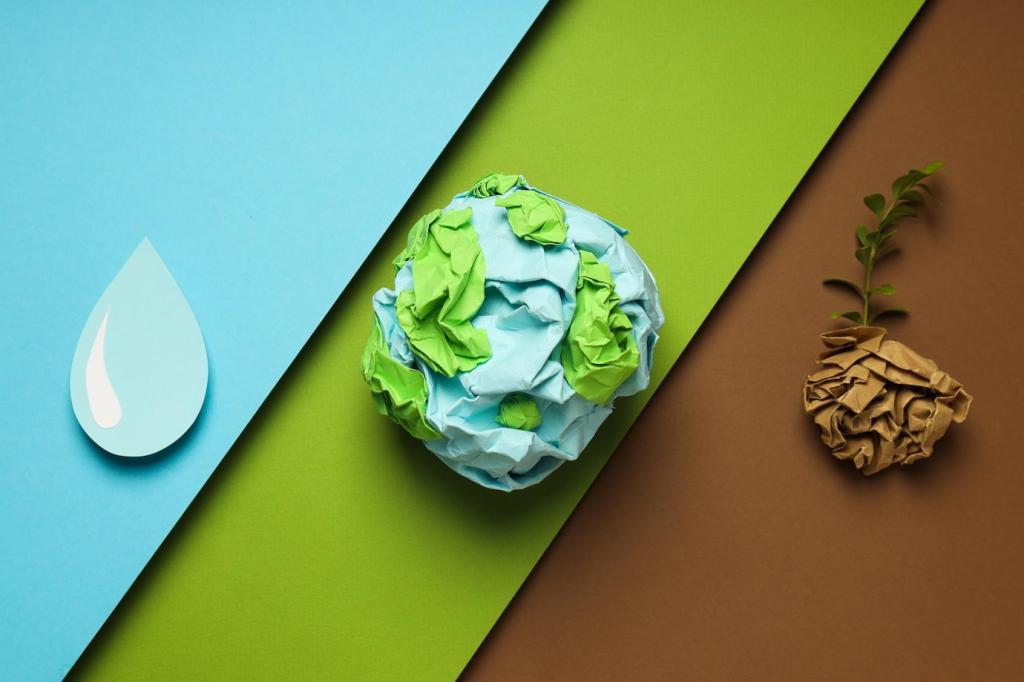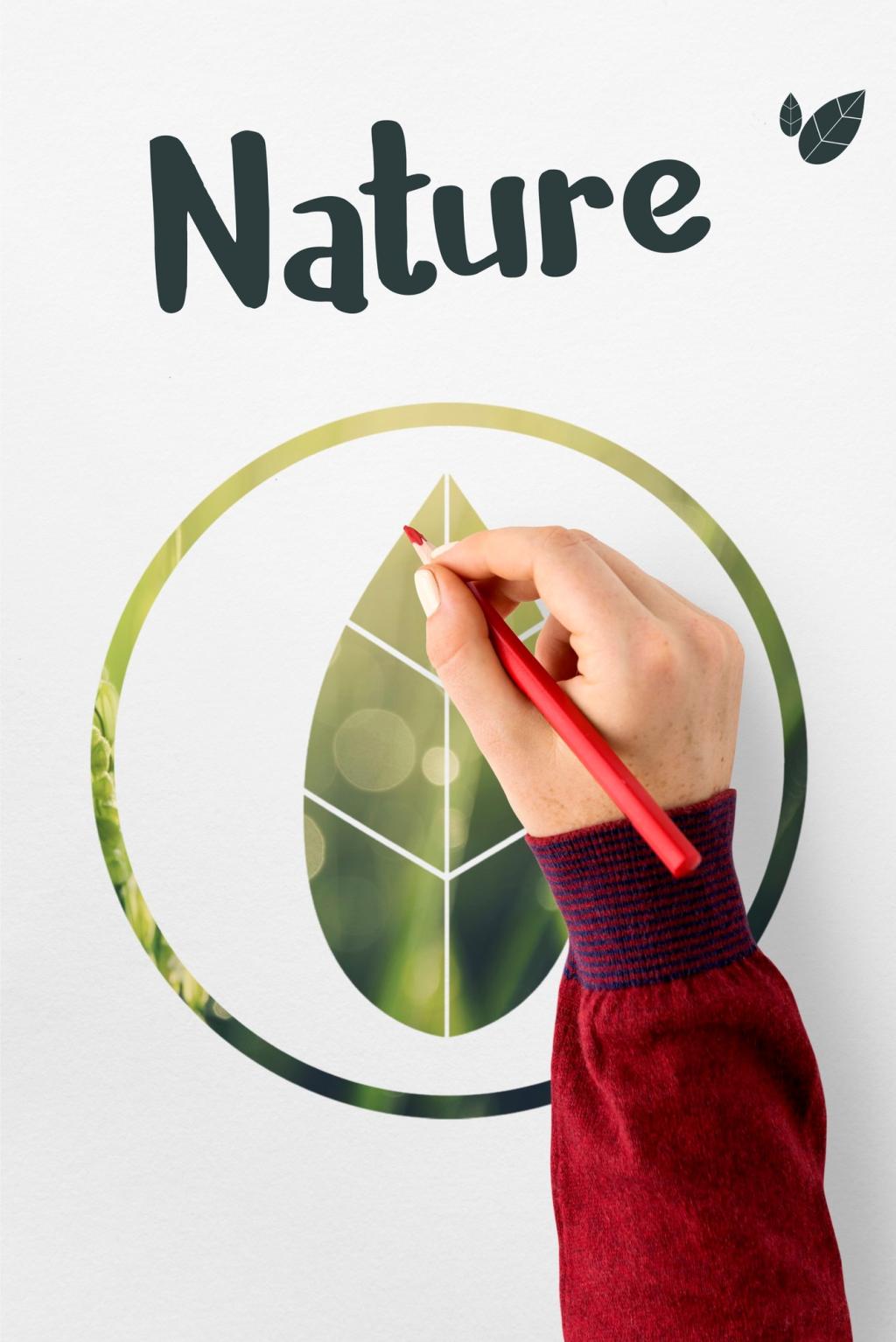The Role of Cork in Sustainable Furniture Design
Chosen theme: The Role of Cork in Sustainable Furniture Design. Explore how respectful harvesting, thoughtful craftsmanship, and circular thinking transform cork into furniture that is gentle on forests and generous to homes. Subscribe for future cork-centered insights and share your questions.

From Bark to Bench: Understanding Cork
Cork is gently stripped from mature cork oaks roughly every nine to twelve years, without cutting the tree. This regenerative cycle underpins sustainable furniture design and invites consumers to support patient, respectful forestry. What harvest practice surprised you most?
Design Principles with Cork Furniture
Use layered cork for compressive components, ribbed cores for lightness, and denser agglomerates where strength is critical. Pair cork with supportive frames when spanning distances. Thoughtful geometry turns modest materials into long-lasting pieces. Tell us which structures you want us to prototype next.


Acoustic Comfort
Cork’s cellular structure diffuses reflections and dampens clatter. Chairs, headboards, and screens reduce echo without adding heaviness. Small cork additions often deliver big acoustic gains in kitchens and work nooks. Tell us which noisy corner at home needs a gentle hush.

Thermal Touch and Energy
Cork’s low thermal conductivity means surfaces feel warm to the hand, even in cooler rooms. That pleasant touch encourages use without textiles, reducing laundry and extra layers. Share how temperature comfort influences where you sit, read, or work.

Safer Materials and Indoor Air
Because cork arrives from bark, it can be finished with low-odor, low-VOC coatings that respect indoor air. Choose adhesives and sealers carefully to maintain that benefit. Ask your suppliers for documentation, and post your go-to healthy finish recipes.
Regrowing Bark and Responsible Forestry
Cork oaks continue living and photosynthesizing after harvest, encouraging long-term stewardship rather than clear-cutting. Certified sources protect biodiversity and rural livelihoods. Choosing verified supply chains turns each purchase into a vote for resilient landscapes. Ask us about certifications you should look for.
Design for Repair and Modularity
Specify replaceable seat pads, reversible panels, and accessible fasteners so parts can be swapped without discarding the whole piece. Clear diagrams help owners repair confidently. Would a free repair guide motivate you to keep furniture twice as long?
End of Life and Renewal
Avoid inseparable composites; prefer mechanically separable layers and finishes that do not contaminate recycling. Cleanly recovered cork can be regranulated into new products. Tell us how you would tag components to simplify future disassembly.


Stories from Makers and Homes
In a coastal town, a family shop swapped foam for cork in a café chair. Fewer returns, easier cleaning, and customers lingered longer. The owner joked the chairs sounded like quiet waves. Would your local café try a cork makeover?
Stories from Makers and Homes
Student volunteers lined reading carrels with cork offcuts, trimmed with simple maple. The space grew calmer without feeling hushed, and study groups stayed focused longer. If you have a community project, message us for a materials checklist.
Care, Maintenance, and Lasting Beauty
Dust with a soft cloth, blot spills promptly, and use mild soap when needed. Gentle care preserves texture and color, letting a graceful patina emerge. Share your best quick-clean tip for busy mornings or late-night study sessions.

Care, Maintenance, and Lasting Beauty
Avoid harsh solvents, prolonged direct sunlight, and sharp point loads without protectors. Coasters and felt feet prevent concentrated stress. If something goes wrong, pause and ask the community before trying aggressive fixes. We answer reader questions every Friday.
